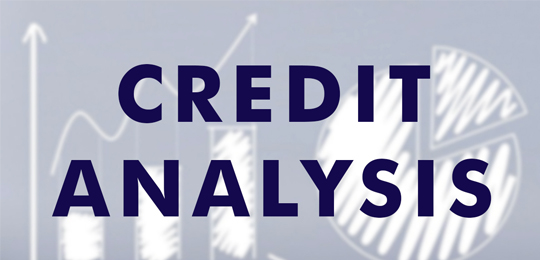Credit analysis involves a wide variety of financial analysis techniques, including ratio and trend analysis as well as the creation of projections and a detailed analysis of cash flows. Credit analysis also includes an examination of collateral and other sources of repayment as well as credit history and management ability.
Analysts attempt to predict the probability that a borrower will default on its debts, and also the severity of losses in the event of default.
A bank may analyse the financial statements of a small business before making or renewing a commercial loan. While commercial banks may need to assess the risk involved in lending debt or issuing credit cards, they may check credit scores of borrowing individuals or scrutinise a company’s books to understand the credit risk.
Before approving a commercial loan, a bank will look at all of these factors with the primary emphasis being the cash flow of the borrower. A typical measurement of repayment ability is the debt service coverage ratio.
A credit analyst at a bank will measure the cash generated by a business (before interest expense and excluding depreciation and any other non-cash or extraordinary expenses). The debt service coverage ratio divides this cash flow amount by the debt service (both principal and interest payments on all loans) that will be required to be met.
A classic credit analysis by banks is the 5C’s. Traditionally most banks have relied on subjective judgment to assess the credit risk of a corporate borrower. Essentially, bankers used information on various borrower characteristics. Like character (reputation), capital (leverage), capacity (volatility of earnings), conditions (purpose of the loan), and collateral in deciding whether or not to make a given loan.

